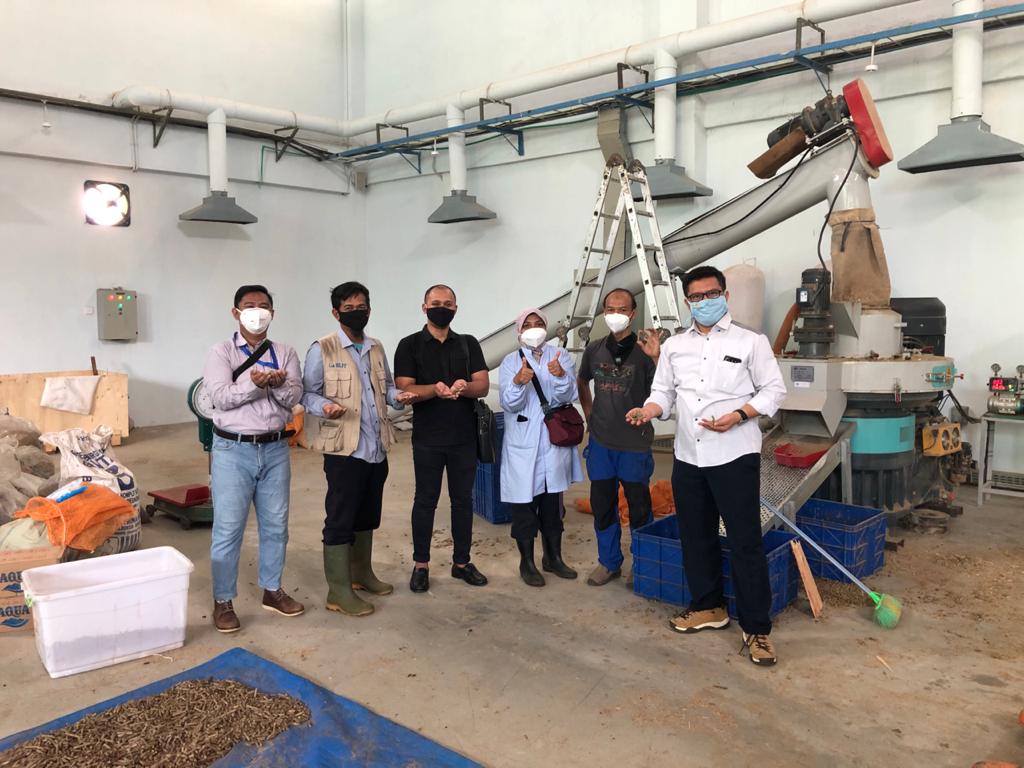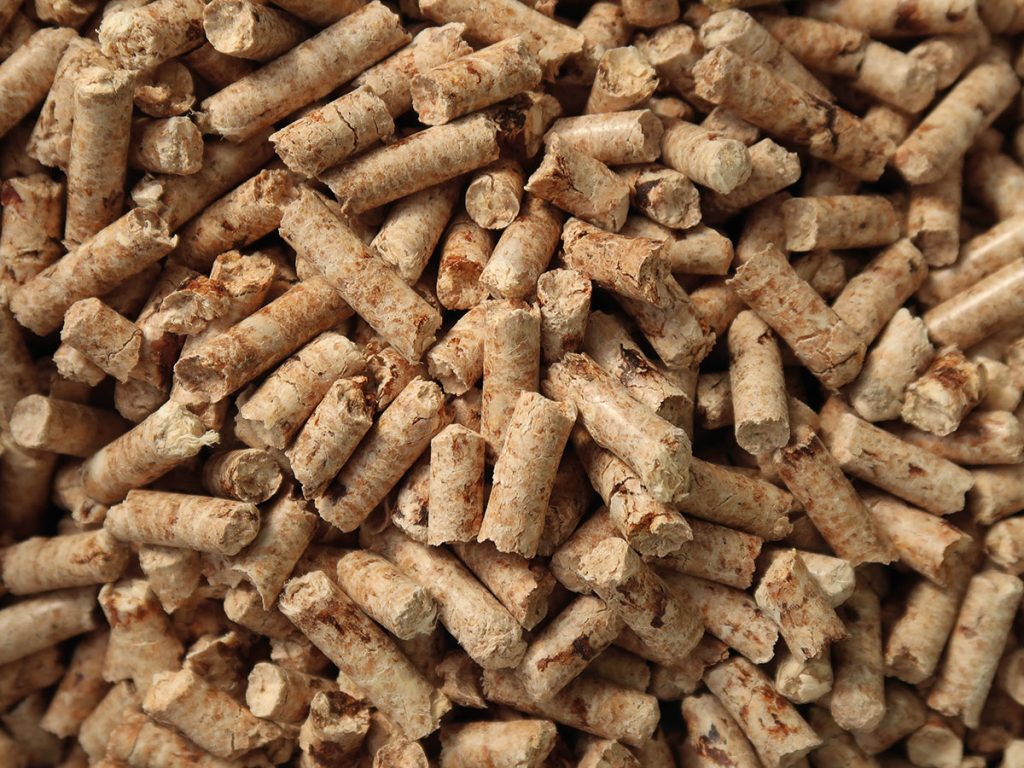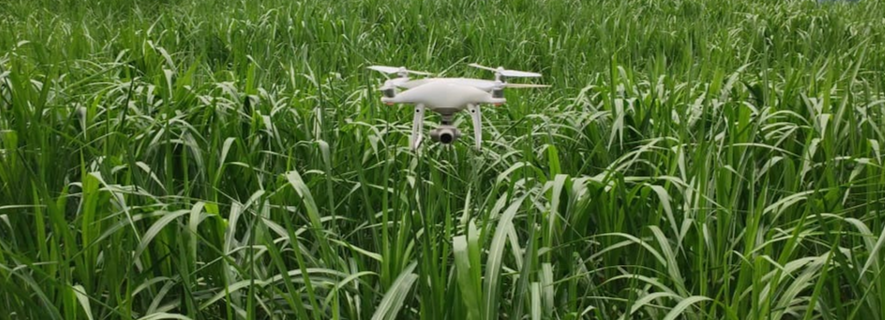LEMBAGA ILMU PENGETAHUAN INDONESIA
LIPI is Indonesian Institute of Sciences founded in 1956 under Indonesia authority for science and research development. The institute consists of 47 research centers in the fields ranging from social to natural sciences.
PUSLIT Bioteknologi is one of leading research center (pusat penelitian) in biotechnology located in Cibinong-Bogor. In 2019, Dr. Yan Rianto, M.Eng is appointed Dr. Tri Muji Ermayanti to contribute her expertise towards our joint research in developing Napier Grass plants to study its characters, growth, and behavior of the plants towards various circumstances and environment situations.

Plant Tissue culture and micropropagation has been introduced in history to multiply and regenerate novel plants from genetically engineered cells. Tissue culture is a technique of culturing plant cells (explant), tissues and organs on artificial media and nutrient medium under aseptic environment and controlled conditions of light, temperature, and humidity which allows its functioning or growth.

In order to support our manufacture planning, continuous research in improving pellets quality, PT. TKM Biofuel Indonesia has initially established a joint trial with Dr. Risman (from the right) at PUSLIT Biomaterial to study further this newly plants for biomass fuels. Dr. Risman is not just an expert on biomass development but also the head for the entire project for biomass fuel development in LIPI.

Biomass is a versatile raw material that can be used for production of heat, power, transport fuels, and bioproducts. When produced and used on a sustainable basis, it is a carbon-neutral carrier and can make a large contribution to reducing greenhouse gas emissions. Nowadays, biomass-driven combined heat and power, co-firing, and combustion plants provide reliable, efficient, and clean power and heat.
Feedstocks for bioenergy plants can include residues from agriculture, forestry, and the wood processing industry, as well as biomass produced from degraded and marginal lands. Biomass for energy may also be produced on good quality agricultural and pasture lands without jeopardising the world’s food and feed supply if agricultural land use efficiency is increased, especially in developing regions.
The increasing in price towards fossil fuels, oil & natural gas and to a lesser extent coal, the competitiveness of biomass application has significantly demanding over time. Renewable energy such as biomass are now played an important role in fighting climate change and reducing carbon emissions. Stability biomass resources and supplies with flat operational costs are crucial preconditions to be consider for such ambitions.
There are few biomass resource categories can be considered for its uses in large scale such as residues from forestry and agriculture. However, producing dedicated biomass on pasture land but still arable are more promising on producing other type of biomass resources such as grass.


